
|
Welcome to Prof. Schmidhuber's group in the CoTeSys cluster of excellence! |
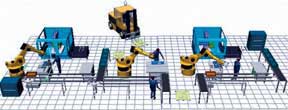
|
CoTeSys stands for Cognitive Technical Systems such as autonomous vehicles, humanoid robots, and robot factories. Our CoTeSys research topics include: 1. Artificial curiosity for the DLR artificial hands 2. Behavior evolution for AM's 180cm walking biped 3. Visual attention & unsupervised learning & sequence learning for adaptive mobile robots and robot cars 4. Safety for humans interacting with learning robots . |
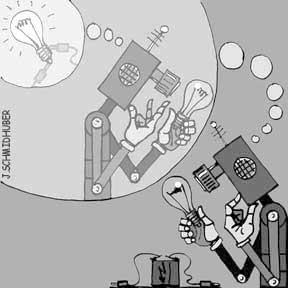
|
Top: Outline of the CoTeSys Cognitive Factory, designed to evaluate both fundamental and applied research in various CoTeSys areas. Left: Self-aware cognitive technical system sees the light |
|
Group- relevant links: CoTeSys Portal TUM CS TUM Bots Cogbots Learning AM Biped DLR DLR hand LMU NeuroCog UniBW ITM VMS IDSIA Below: CoTeSys Blimp |
|
Right: CoTeSys Autonomous Car. Back in the 1980s, UniBW built the world's first real robot cars, and in 1995 its vision-guided Mercedes robot already drove from Munich to Denmark and back, in traffic, at up to 180 km/h, automatically passing other cars |
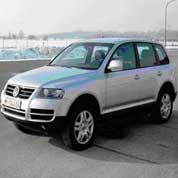
| Right: CoTeSys Humanoids. Starting in the 1990s, CoTeSys partner TUM-AM built the world's first walking biped with sophisticated vision (180cm, stereo vision guidance by LSR). DLR contributes state-of-the-art artificial hands |
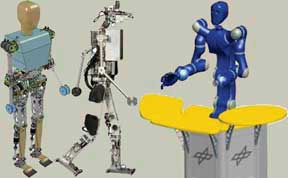
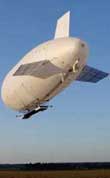
|
CoTeSys combines the expertise of TUM, LMU, UniBW, DLR, MPI, in neuroscience, natural sciences, engineering, computer science, and the humanities. It is one of the few proposals accepted in an intense nation-wide competition in 2006. Munich's Universities. CoTeSys partners TUM and LMU rank first among Germany's universities, according to recent surveys by FOCUS and SPIEGEL. 14 Nobel laureates (the most recent one of 2005 at MPI) are associated with Munich. On 10/13/2006 TUM and LMU were selected as two of the three German "Elite Universities" by the "Excellence Initiative" funded by 1.9 billion Euros for 5 years. This was prime time news on all German channels. Munich (München) is one of the world's most livable places (ranked 2nd among the world's cities with over a million inhabitants, after Vienna, according to recent surveys). Lots of culture & fun, 100,000 students, the world's largest festival (Oktoberfest), the world's oldest & largest technical museum, the headquarters of BMW and Siemens, scenic Bavarian surroundings with lakes, rivers, hills, meadows, bikepaths, castles, and beer gardens, close to major ski areas etc. Many claim there is no more beautiful region than the pre-alpine land between Munich and the Alps. |
|
Germany is a fine place for scientists and inventors, with a long tradition of fundamental breakthroughs that define today's world, including Western bookprint, the calculator, calculus & the bit, small machines such as watches, math a la Gauss, the second industrial revolution based on the combustion engine & the car & cheap electricity & modern chemistry, the germ theory of disease, the modern research university, general relativity, quantum physics, the population explosion, the transistor, the computer, controlled heavy flight, the helicopter, the jetplane, uranium fission, missiles, X-rays, and innumerable others. For most of the 20th century Germany boasted more Nobel prizes than any other nation (1901-1956; or until 1965 if we consider only the laureates' countries of birth; until 1975 if we consider only the sciences). It is still the world's largest exporter. It is also the world's second largest maker and user of robots, after Japan, and birthplace of the first robot cars. Many German teams became world champions in the RoboCup, the most visible robot competition. |